World first: Scientists unveil new flowering plant 'Tree of Life'
Botanic Gardens of Sydney scientists collaborate in global ground-breaking study unravelling the evolution of angiosperms.
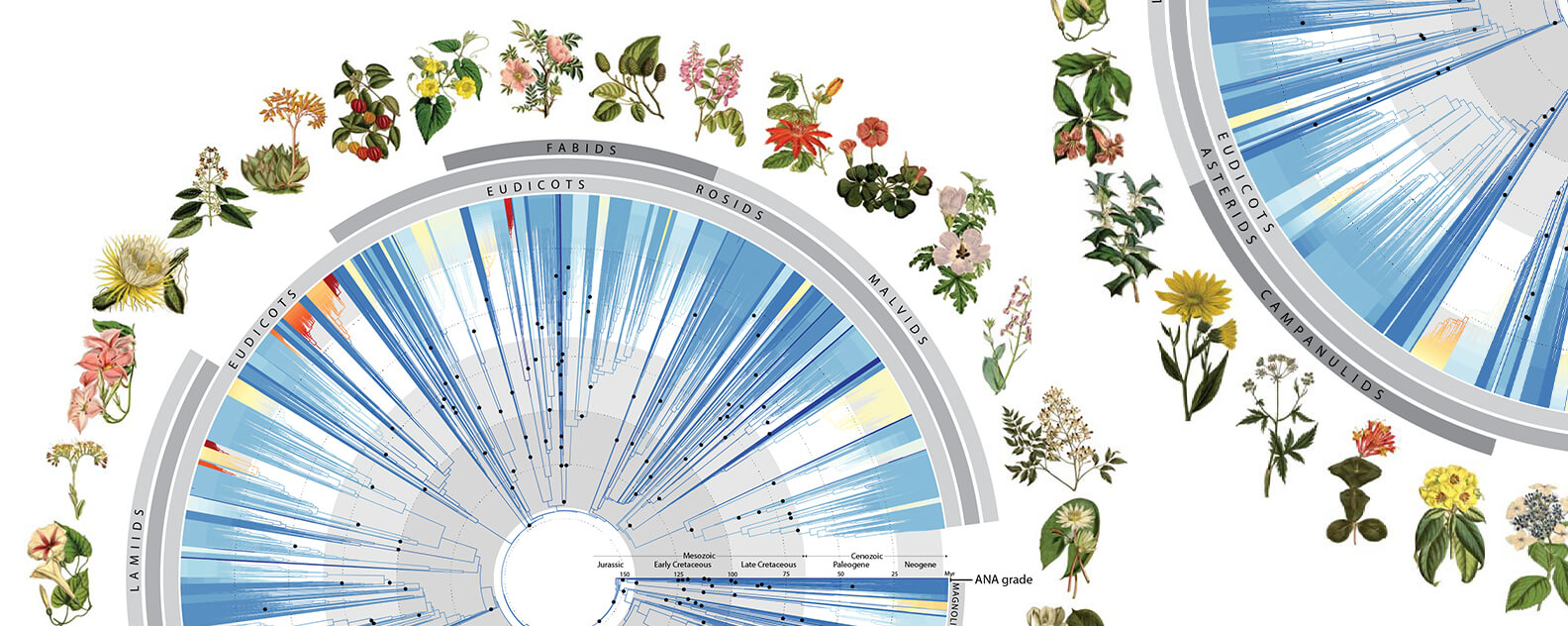
Botanic Gardens of Sydney scientists have helped a global team of researchers, led by the Royal Botanic Gardens, Kew, to assemble the most comprehensive angiosperm ‘Tree of Life’ ever. Published in Nature, the study signifies a new milestone in understanding the evolutionary history of flowering plants.
The big flowering plant bang
For generations, scientists struggled to understand how flowering plants came to dominate Earth’s lands. These plants, known as angiosperms, exist in almost every environment and account for about 90% of all known plant life on the planet, forming vital ecosystems, habitats, and food sources.
About 140 million years ago, there was an explosion in the existence of these plants. They quickly overtook other vascular plants, including their non-flowering, closest living relatives like conifers, cycads and ginkgos (gymnosperms). Charles Darwin was of the first to be baffled by their rapid appearance, describing it as an “abominable mystery” in his 1879 letter to Joseph Dalton Hooker, Director of the Royal Botanic Gardens, Kew.
Now, Botanic Gardens of Sydney have collaborated in a global team of 279 scientists led by the Royal Botanic Gardens, Kew, to assemble the most comprehensive angiosperm ‘Tree of Life’ ever. Published in Nature, the study signifies a new milestone in understanding the evolutionary history of flowering plants.
Using 1.8 billion letters of genetic code from over 9,500 species, scientists across 27 countries collaborated to unveil the history of how these plants have surpassed all other forms of plant life.
“This extraordinary global effort provides unprecedented access to plant data dating all the way back to the late Jurassic period,” said Head of Plant Discovery and Evolution Research at Botanic Gardens of Sydney, Dr Hervé Sauquet.
“We now know early flowering plants did indeed explode in diversity in the Early Cretaceous, giving rise to over 80% of the major lineages that exist today.”
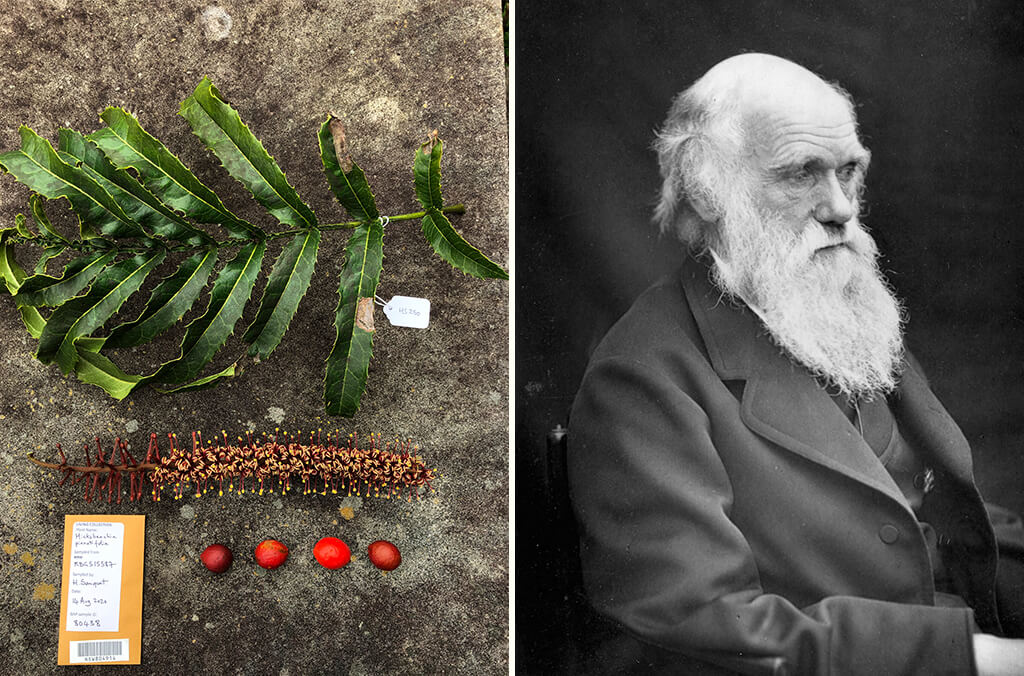
Rare NSW rainforest species Hicksbeachia pinnatifolia, collected by Botanic Gardens of Sydney. R: Charles Darwin called the appearance of flowering plants an “abominable mystery”. Credit: Botanic Gardens of Sydney/Royal Botanic Gardens, Kew.
Building the 'Tree of Life'
Like a family tree, a ‘Tree of Life’ reveals how different species of plants relate to one another. By comparing DNA sequences of different species and seeing their changes over time, scientists can further understand the complex history of their evolution.
Advances in DNA sequencing technology helped to unlock new data previously inaccessible to scientists. The study used new genomic techniques to magnetically capture hundreds of thousands of letters of genetic code from every sample. Scientists also analysed over 200 fossils to scale the tree to a timeline.
More than 800 of species in this study never had their DNA sequenced before. The vast amount of data from was 15 times higher in volume than any other prior study, representing a new chapter in creating a tree of life for all 330,000 known species of flowering plants – a goal of Kew’s Tree of Life Initiative.
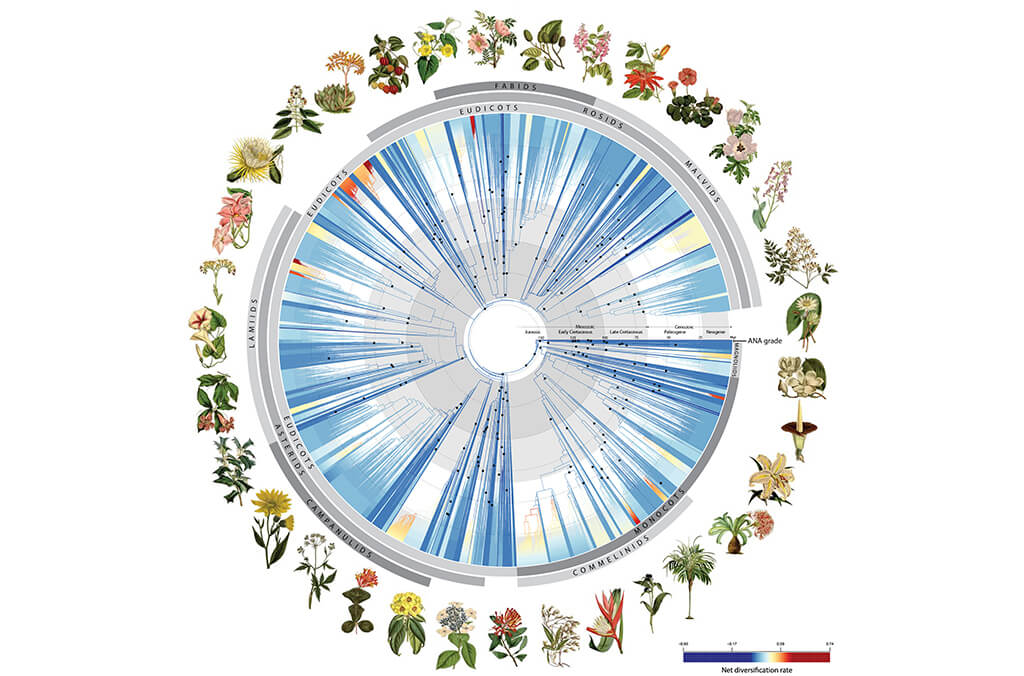
The new ‘Tree of Life’ of flowering plants. Credit: The Royal Botanic Gardens, Kew
“The tree of life shows how herbaria are crucial in helping us to unlock the past,” says Dr Hannah McPherson, Collections Manager at the National Herbarium of New South Wales, part of Botanic Gardens of Sydney. “So many different herbaria and their staff around the world provided the plant materials to make this study possible, from specimens that are centuries old to newly collected species.”
“Even if specimens are badly damaged they can now be sequenced with the new genomic techniques. The oldest plant specimens used were collected before DNA sequencing was even possible, which is mind-blowing considering what we can now learn from these stored treasures.”
The team at Royal Botanic Gardens, Kew, successfully sequenced a sandwort specimen (Arenaria globiflora) collected nearly 200 years ago in Nepal and, despite the poor quality of its DNA, were able to place it in the tree of life.
“Plans are underway to use the same technology on a massive scale at Botanic Gardens of Sydney. We want to create the first complete evolutionary tree for all 7,000 native seed plants in New South Wales”, added Dr Russell Barrett, Systematic Botanist at Botanic Gardens of Sydney.
“Understanding the history of plant evolution can help us mitigate existential threats like new diseases and climate change.” - Dr Russell Barrett, Systematic Botanist at Botanic Gardens of Sydney.
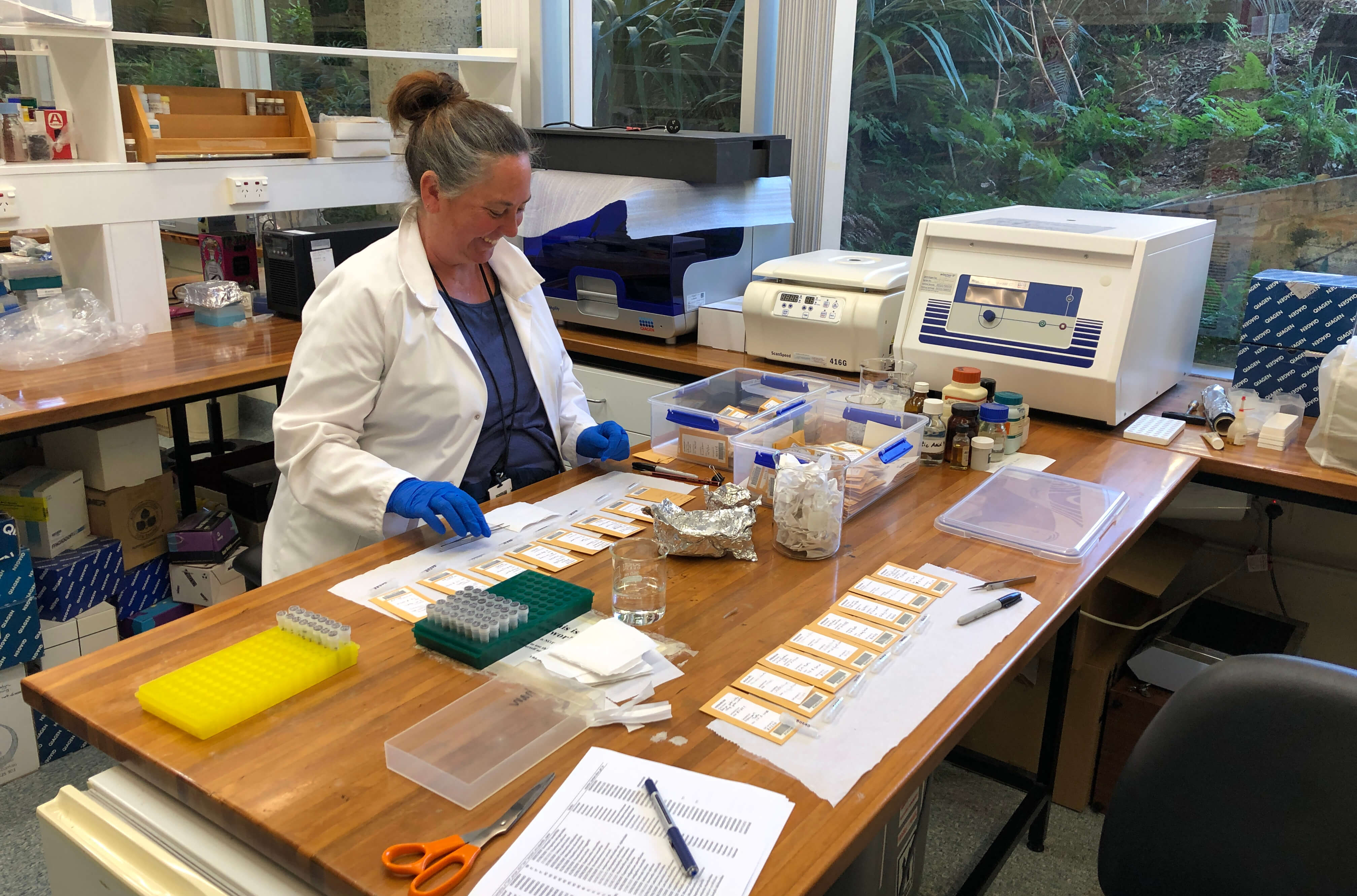
Dr Hannah McPherson prepares plant samples collected from the National Herbarium of New South Wales for sequencing. Credit: Botanic Gardens of Sydney
A global sized puzzle
Over 138 organisations from around the world contributed to the study, all sharing unique botanical expertise from their regions. Botanic Gardens of Sydney contributed to this collaborative effort through the Genomics for Australian Plants Framework Initiative (GAP) consortium led by Bioplatforms Australia and partner organisations.
The new extensions of the tree of life will aid future attempts to identify new species, refine plant classification, and can help uncover new medicinal compounds, as well as protecting plants in the face of climate change and biodiversity loss.
“We are so proud to have built this incredible resource alongside Kew and with all major herbaria in Australia, including Botanic Gardens of Sydney,” said Dr Mabel Lum, Program- Manager at Bioplatforms Australia and from the GAP consortium.
“To see so many native Australian plants included in the tree is a huge win for preserving the history of our species and something to share for generations to come.”
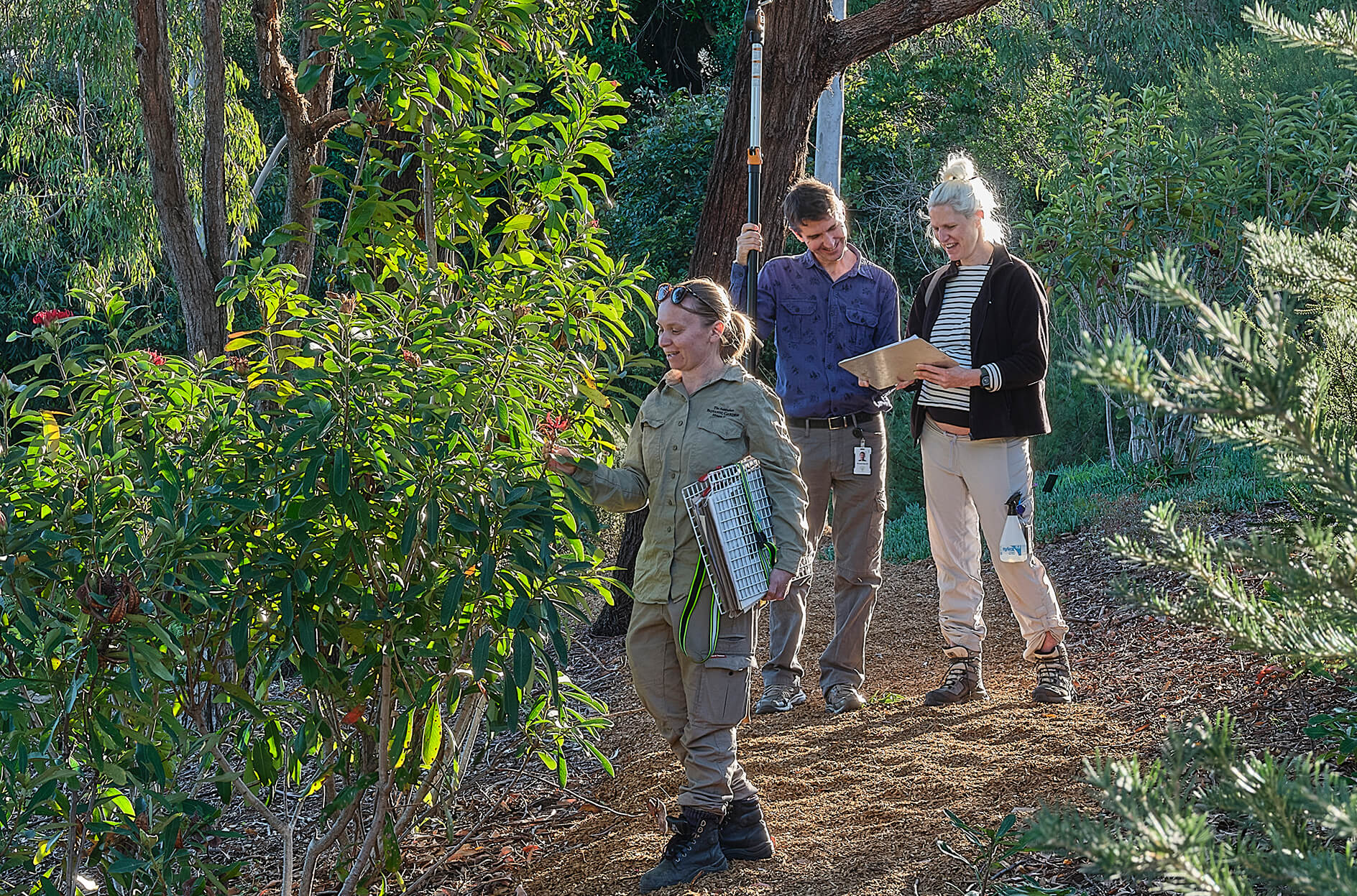
L-R: Natalie Karbowiak, Russell Barrett and Alex Dayde, from Botanic Gardens of Sydney sampling specimens for the New South Wales Plant Tree of Life. Credit: Botanic Gardens of Sydney
A tool for the flourishing future
Scientists are excited to use these new data in the next stages of their research. Like the periodic table, the location of a species in the tree of life means scientists can predict its properties. Researchers at Kew are already on their way to combine it with AI to predict any medicinal potential of certain species.
The tree is accessible to both the public and scientific community, including through the Kew Tree of Life Explorer.
Read the full paper in Nature.
Related stories
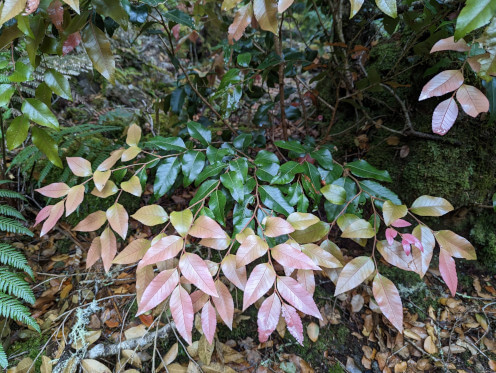
For the team at the Research Centre for Ecosystem Resilience (ReCER), a request from the Blue Mountains Botanic Garden to design a hedge of the towering Nothofagus moorei, or Antarctic beech, sparked a unique collaboration between science and horticulture.
In the lower Hunter Valley, a new nature reserve named Tiraki – Wonnarua for ironbark – has become a sanctuary for one of Australia’s rarest plants.
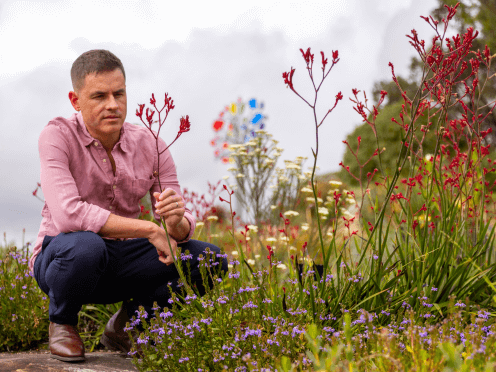
In this new episode of What the Flora!? discover why this world-first global ‘Tree of Life’ study is a new milestone in understanding the evolutionary history of flowering plants.